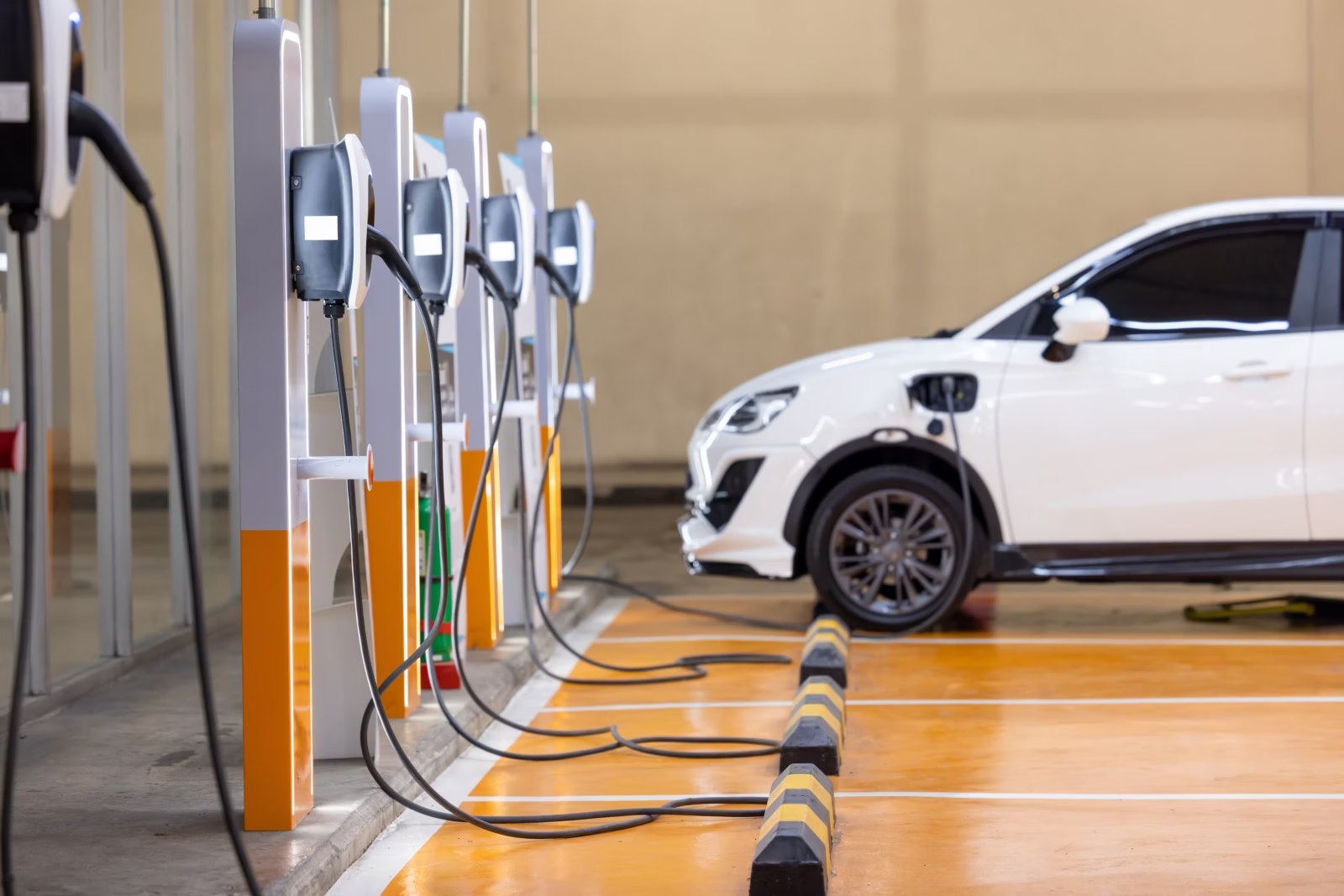Revisiting the State of New Car Sales: A Deep Dive into the Trends
From the buzz to the market action, there’s a lot to unpack when it comes to the realm of new car sales. As the automotive industry continues to expand and evolve, it is vital to stay informed and understand the trends. This blog post will delve deep into the dynamics of new car sales, tracing significant developments and providing concrete insights. The focus will be particularly on the peculiar trend where overall new car sales are seeing a lift while the sales of Electric Vehicles (EVs) are moving backward, paradoxically, even amidst heavy discounts.
Surge in New Car Sales
Against the backdrop of a turbulent year, the new car sales have recently experienced quite a dramatic and interesting turnaround. This reflects the resilience embedded within the automotive industry. Data sourced from New Zealand Herald’s article underscores this trend: car sales have certainly perked up after extended periods of oscillation. In the face of pandemics, economic downturns, and logistical issues, this uptick is indeed a noteworthy observation.
The stimulus behind this new car sales growth can point to several factors. One major contributor is the gradual alleviation of punitive global pandemic restrictions. This has steered the workforce back to the office, thereby amplifying the demand for private vehicles. In addition to that, new car models with advanced features have been successful in captivating the interest of potential car buyers, proving to be a considerable driving factor behind escalated sale figures.
The Retreat of EV Sales
While new car sales are booming, we must address a counterintuitive trend that’s brewing at the heart of the automobile industry. This involves the evolving scenario of Electric Vehicles (EVs). EVs, which were once predicted to spearhead the future of sustainable transport, took a hit in their sales according to recently published reports. In stark contrast to the surge of new car sales, EVs appear to be stuck in the slow lane.
Such a trend might appear puzzling considering the hefty discounts on EVs. Several factors could be contributing to this anomalous situation. A significant reason is the lack of infrastructure for electric vehicles. Many potential buyers are deterred by the unavailability of public charging stations, uncertainty about battery life, and slow charging times. There’s also the perceived high upfront cost of EVs, despite discounts. Functionality, too, could be a determining factor, with some potential consumers not finding EVs as versatile as fuel-driven counterparts.
Impact of Discounts
The lure of discounts is strong within the realm of automobile marketing. It’s a tried-and-true method to tempt clients and hasten sales. However, in the case of Electric Vehicles, heavy discounts have failed to propel sales. One can’t help but notice the widening gap between the optimistic expectations from discounts and the actual sales of EVs.
Why aren’t discounts working for EVs? It’s possible that, for many potential buyers, significant discounts fail to offset the high upfront cost of Electric Vehicles. Discount offerings, which on face value appear substantial, might not tip the scale favorably when weighed against the perceived financial burden of an EV purchase. As evident in the present market, the impact of discounts on EVs is subject to several variables that need to be accounted for.
Way Forward
Auto industry trends are definitely in a state of flux. However, understanding these complex dynamics can be key to predicting future movements and refining sales strategies. It’s important to remember that while new car sales are showing positive trends now, the path to sustainable, eco-friendly transportation remains imperative.
A strategic approach towards promoting EVs can help overcome the current hurdles. This could be through bolstering charging infrastructure, government incentives, or technological advancements to improve battery life and reduce charging times. As the industry continues to grow and adapt, it will be interesting to observe how this worrisome dip in EVs sales turns around. Can it match up to, or even surpass, the overall uplift in new car sales? Only time will tell.
In conclusion, the automotive industry is as vibrant and unpredictable as it has ever been. New car sales are riding an upward trend while EVs, even amidst generous discounts, are struggling to find their groove. It’s an intricate game of balance and strategy, and this fascinating battle of trends continues to keep us hooked to the future of automotive commerce.
Understanding these trends doesn’t just benefit industry insiders or potential car buyers, but it helps paint a clearer picture about where our society is heading in terms of transport, commerce, and the shift toward sustainability. So, as we navigate this ever-evolving landscape, let’s remain attentive and receptive to the changes that are yet to unfold in the realm of car sales.

Leave a Reply